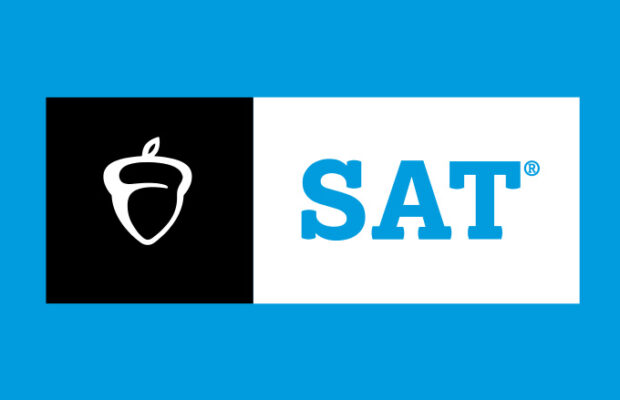Iowa education budget forces changes
Sara Gabriele/Staff Writer
After a much awaited closure, the Iowa legislature convened Tuesday night to make a final decision regarding state budgets that included the allocated amount for Iowa schools. Lawmakers authorized a two percent growth in school district budgets for the next year.
Although their decision was the best of the possible outcomes, because budget cuts were already made previously this year, the state aid still falls short of what the district needs according to Cedar Falls Schools administration.
“You have to remember that this year there was a 10 percent across the board reduction in state aid,”
Assistant Public School Superintendent Dan Conrad said. “The two percent allowable growth next year is based on a figure that includes that 10 percent reduction.”
In short, it translates to a $1,466,794 cut from the school district. Much of this will be made up for by an increase in property tax, but the school district will still be enacting a series of cuts to fill the rest.
“Our goals regardless of the outcome were to make sure any reduction we made would be the farthest away from the classroom as we could get,” Conrad said. “But when you get to a million or a million and a half of reductions, you’re going to affect the classroom.”
Superintendent David Stoakes developed a set of recommendations that will be acted upon by the school board at their meeting on April 12. His first level of proposed cuts that trim almost $500,000 from the district budget include early retirements, cuts to transportation, staff cuts to associate and clerical positions, and a new model for nursing staff.
The early retirements of administrators, technicians, secretaries, associates and clerical positions were initially estimated to generate around $125,000, although Conrad said they now only expect to generate around $50-60,000 from this.
Transportation for bus routes may also take a cut by increasing the distance students must live to warrant a bus ride from one mile to two miles. The district estimates the savings from this to be around $20,000, and an additional $10,000 is proposed to be cut from transportation to athletic events by limiting the number of long distance tournament rides the district funds.
Aside from transportation to athletic events, the recommendations include few other cuts from CFHS activities. This is because some, like sports, are mostly funded by outside sources like booster clubs, and will only be cut if participation goes down. Others, such as music and drama, are considered central to the academic mission of the school.
“We want to try to keep cuts away from students as much as possible and not cut programs,” said principal Dr. Rich Powers. Powers said he feels many of the extra curricular activities are an integral part in education and important to many students, and cutting them will generate very little savings.
The recommendations also include $256,000 in cuts to staffing, namely 16 associate positions from across the district, one elementary or secondary media specialist, and a new model of nursing staff. Of these, the proposal for the reduction of nurses is perhaps the most controversial.
The proposal follows a new model that would replace the school nurses in all nine buildings with health assistants who are contracted by Black Hawk County. Three registered nurses would then circulate the district, each staffing three buildings.
CFHS nurse Sue Gettman voiced concern about the proposition of this new model.
“The difficulty the health assistant will have is that they don’t have the professional knowledge base to determine necessary courses of action in a situation, or to provide the assessment skills necessary to know how to intervene,” Gettman said. “Protocol can be developed, but it isn’t a substitute for professional nursing judgment and assessment skill.”
Gettman described several situations she has encountered where her formal training as a nurse was necessary.
“I’ve had it happen where a student has had a seizure,” she explained, “or where an insulin dependent diabetic student passed out and we didn’t have glycogen available, so I had to give a substitute gel and maintain an airway until 911 arrived. That’s a lot of responsibility for a health assistant with minimal training.”
Although less severe, there are also concerns that health assistants will not be able to give medical advice or administer a lot of the informal teaching that school nurses often give, and that there will be a higher percentage of students who go home “sick.”
Many of the details about how much or what pieces from Stoakes’ recommendations will actually be enacted are still to be determined by several factors, and the final decision will be determined by the school board.
One factor that will influence the size and number of cuts is the amount certain groups, such as teachers’ union negotiate for their salary increase, which will be determined by a collective bargaining process.
Conrad explained that the teachers’ (union) initially asked for a 6 percent salary increase but are probably going to receive around a 4 percent increase; however, if they agree to less than that, the deficit may be reduced to as low as $200,000.
The final decision on the cuts must be made by April 30, and a public hearing will be held at a 7 p.m. on April 12 at the district’s administration center, 1002 W. First St.









You must be logged in to post a comment Login